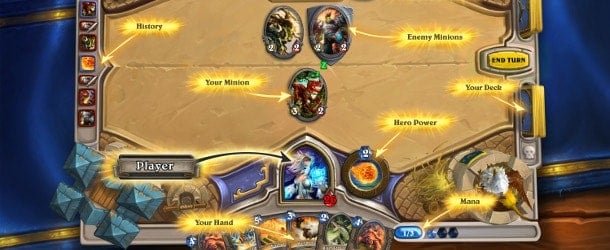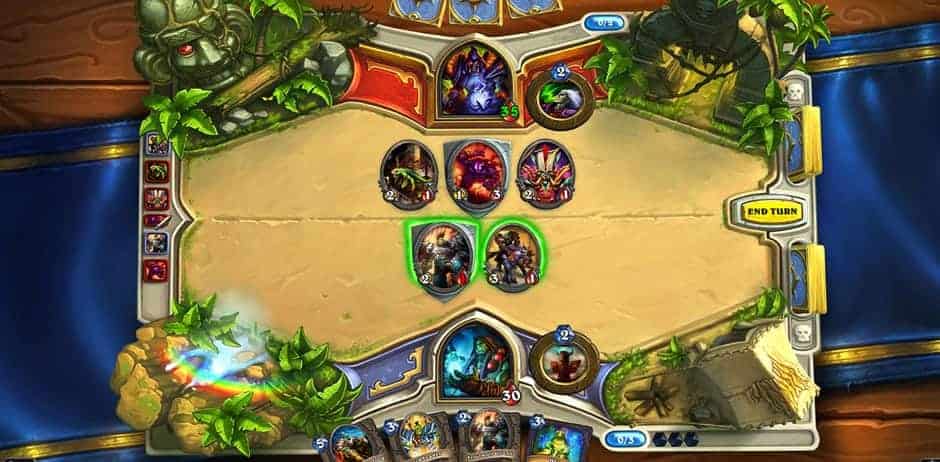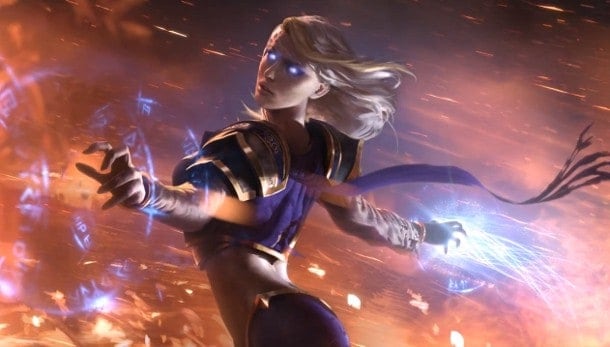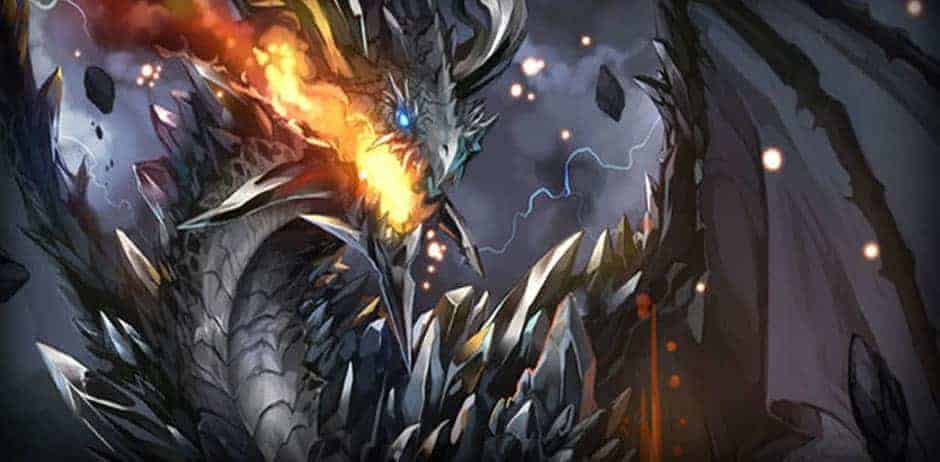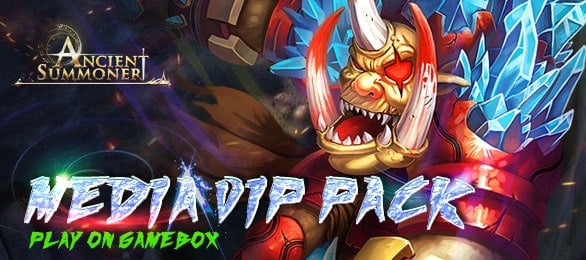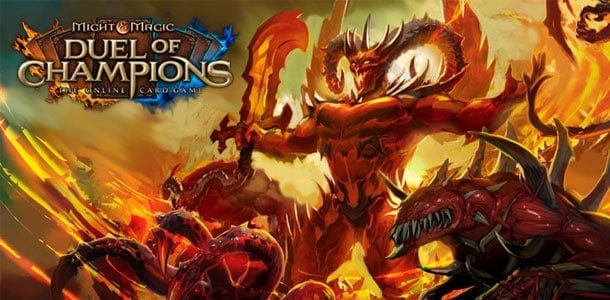So…I kind of regret downloading Hearthstone. No, not because there are any inherent problems with the quality of the game. Quite the contrary, actually – it’s probably one of the most solid card games I’ve played in years, mechanics-wise. Everything from the music to the graphics to the voice acting is impeccably done, and the freemium elements of the title – while they do smack very faintly of pay-to-win – are implemented well enough that they don’t particularly impede one’s enjoyment.
The way the game works is deceptively simple. In Hearthstone, there are two ‘types’ of cards – Neutral and Class. Neutral Cards – which feature various recognizable creatures pulled straight from World of Warcraft, referred to as “minions” – can be used in most any deck, but don’t include any spells within their ranks. Presumably, these represent the myriad monsters and NPCs you’d encounter in the MMORPG itself. Class Cards, meanwhile, are meant to represent a particular classes skills and abilities. While they tend to include a few minions, they’re primarily comprised of spells and equipment. Each deck may only choose Class cards from one particular Class – for example, you wouldn’t be able to include the Warlock’s class cards in a Priest deck.
Each class -represented by a familiar face from Warcraft canon, from Uther Lightbringer(Paladin) to Jaina Proudmoore(Mage) to Rexxar(Hunter) – furthermore has its own special ability, costing only two mana. This adds a unique bit of flavor to the game, and can actually form the crux of a deck’s entire strategy. For example, a common tactic with the Mage is to use Enrage minions (which get bigger when they take damage) and hit them with her one damage Firebolt spell to pump them up on the turn they’re summoned, while a priest might decide to steal those minions for himself, healing them with his ability.
Like I said…deceptively simple.
On first booting up Hearthstone, you’ll be walked through a short series of tutorial battles which will walk you through the basics (and introduce you to the game’s peculiar sense of humor). Playing as Jaina Proudmoore – the hero used to represent the Mage, the first class to which players have access – you’ll fight through a series of amusing foes, from the vicious Hogger straight up to Illidan Stormrage himself. Afterwards, the game effectively turns you loose, equipping you with a single booster pack, a selection of Neutral creatures, and the Mage class. If you’d like, you can stick with the Mage, or defeat the AI to unlock any of the game’s other classes. Play games, and you’ll level up your class, unlocking more Class Cards for them and enabling you to improve your deck.
That actually leads me to one of the biggest problems with Hearthstone – indeed, a problem shared by many games of its ilk. Due both to the leveling system and Hearthstone’s mirotransactions, there’s actually a bit of a barrier to entry for new players. Until you’ve accumulated a few booster packs, your deck’s probably going to feel a touch ineffective. That’s because many of the most powerful cards are unlocked not through leveling up, but as random drops in booster packs. These packs are bought with Gold, which can either be gained through completing “Quests” (for example, win 3 games as a Mage) or with real-world money.
That’s a minor gripe, at best. Even though it’s only in beta, Hearthstone is already incredibly addicting – and extremely promising. One thing is certain: Blizzard definitely knows how to do free to play.

